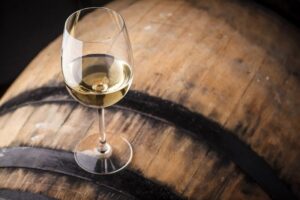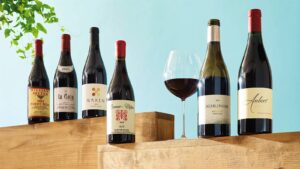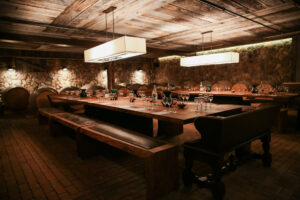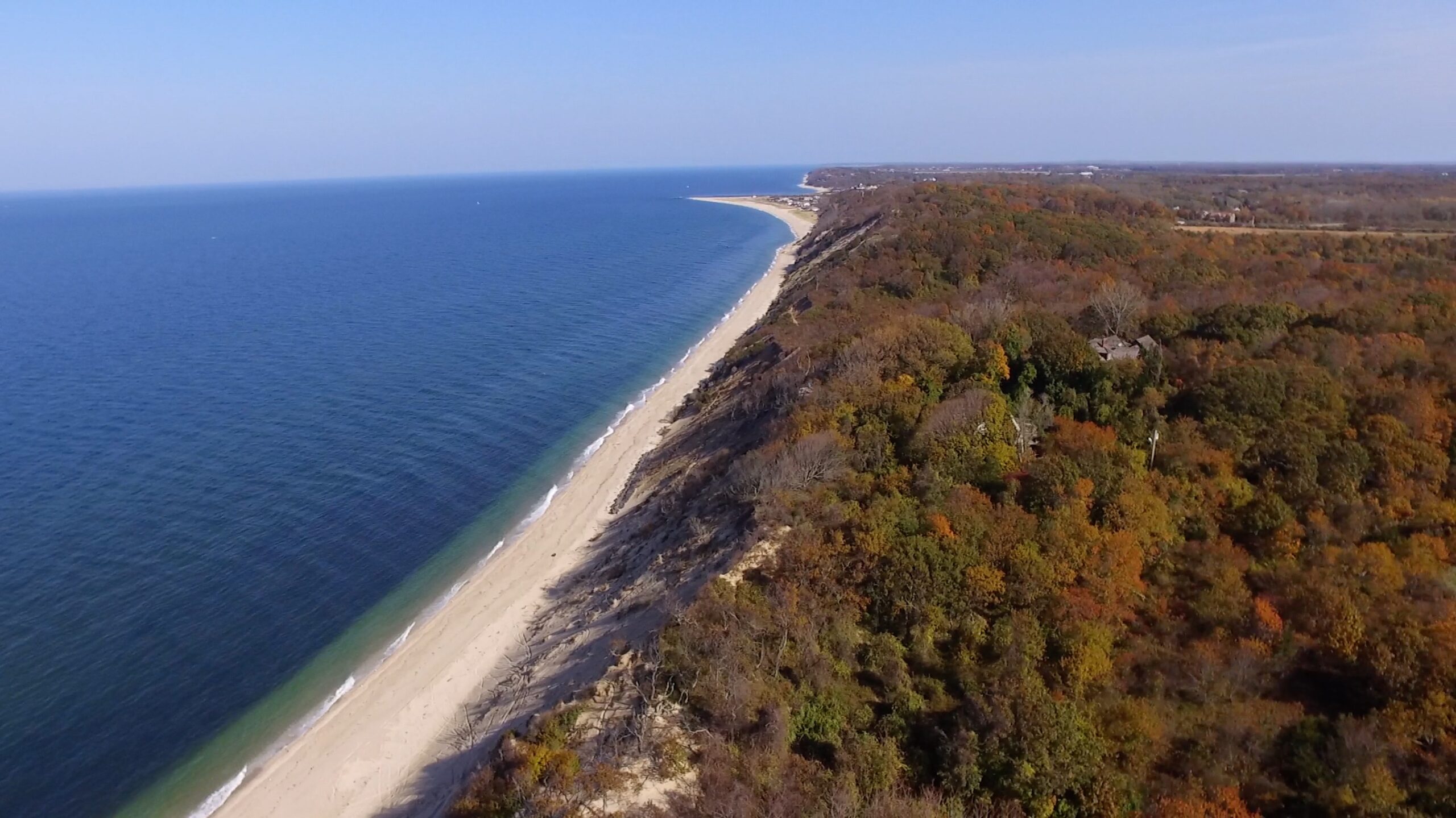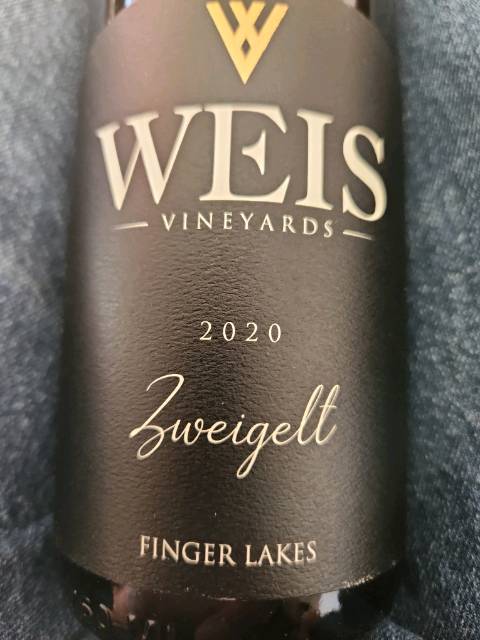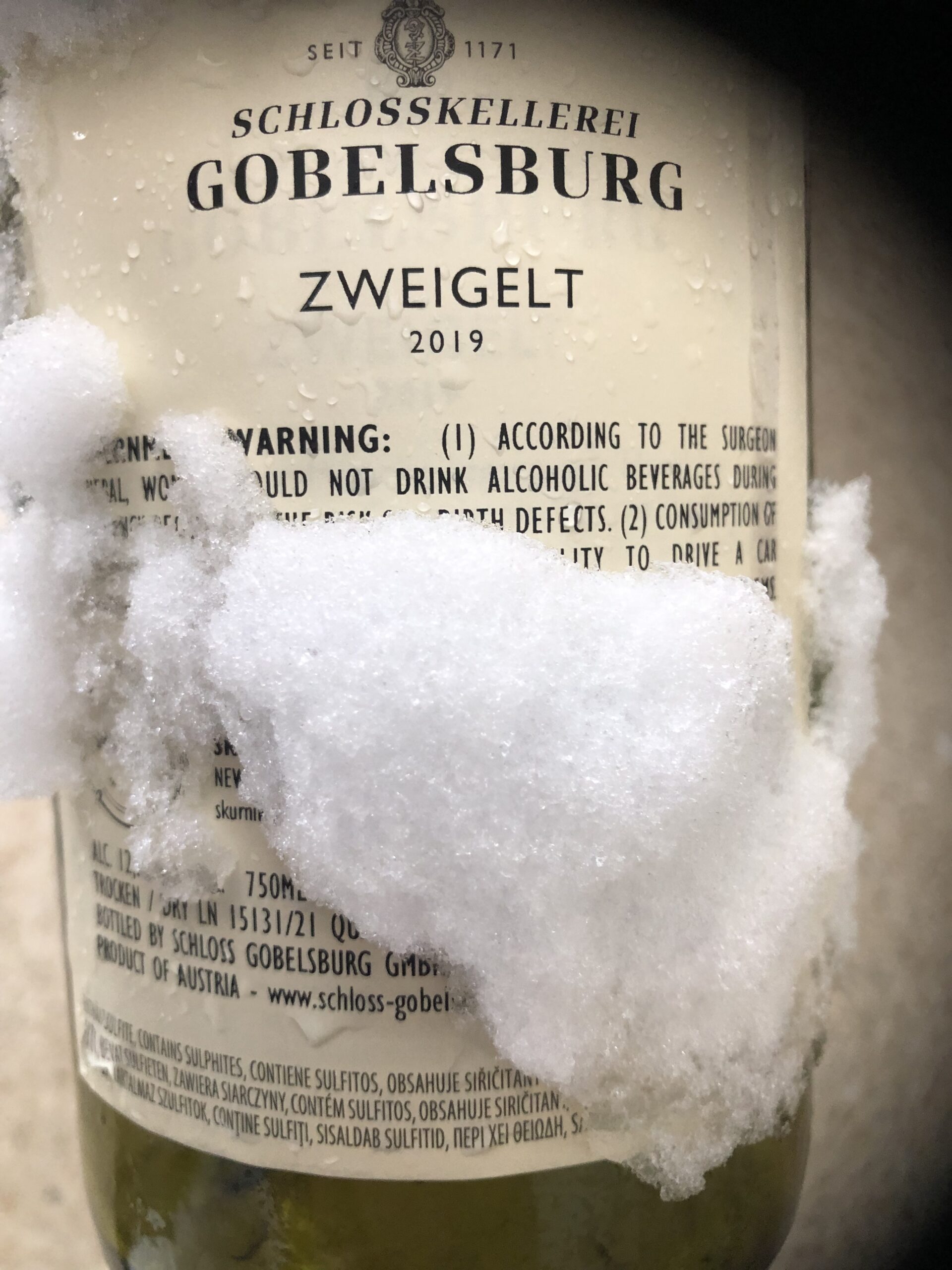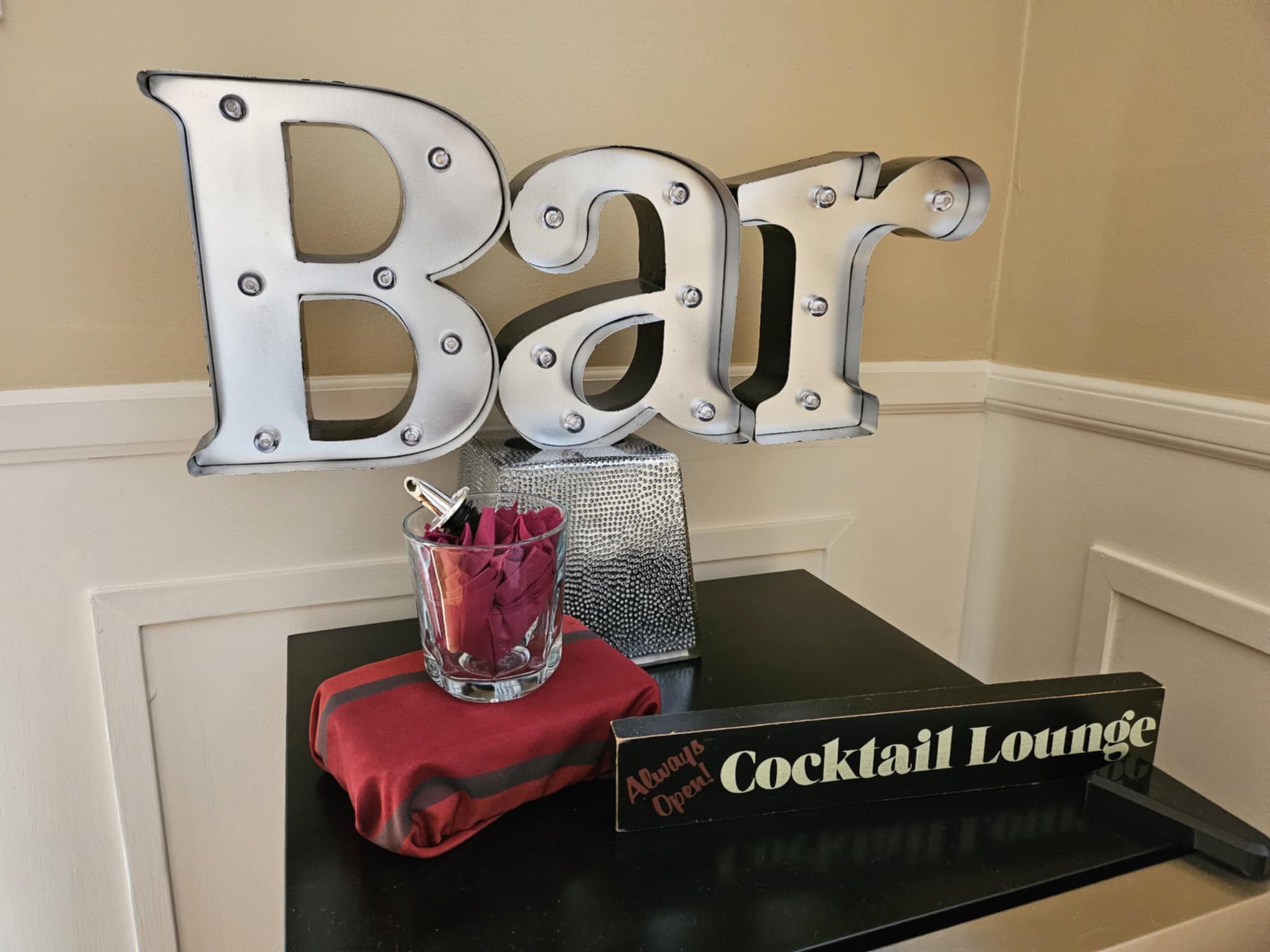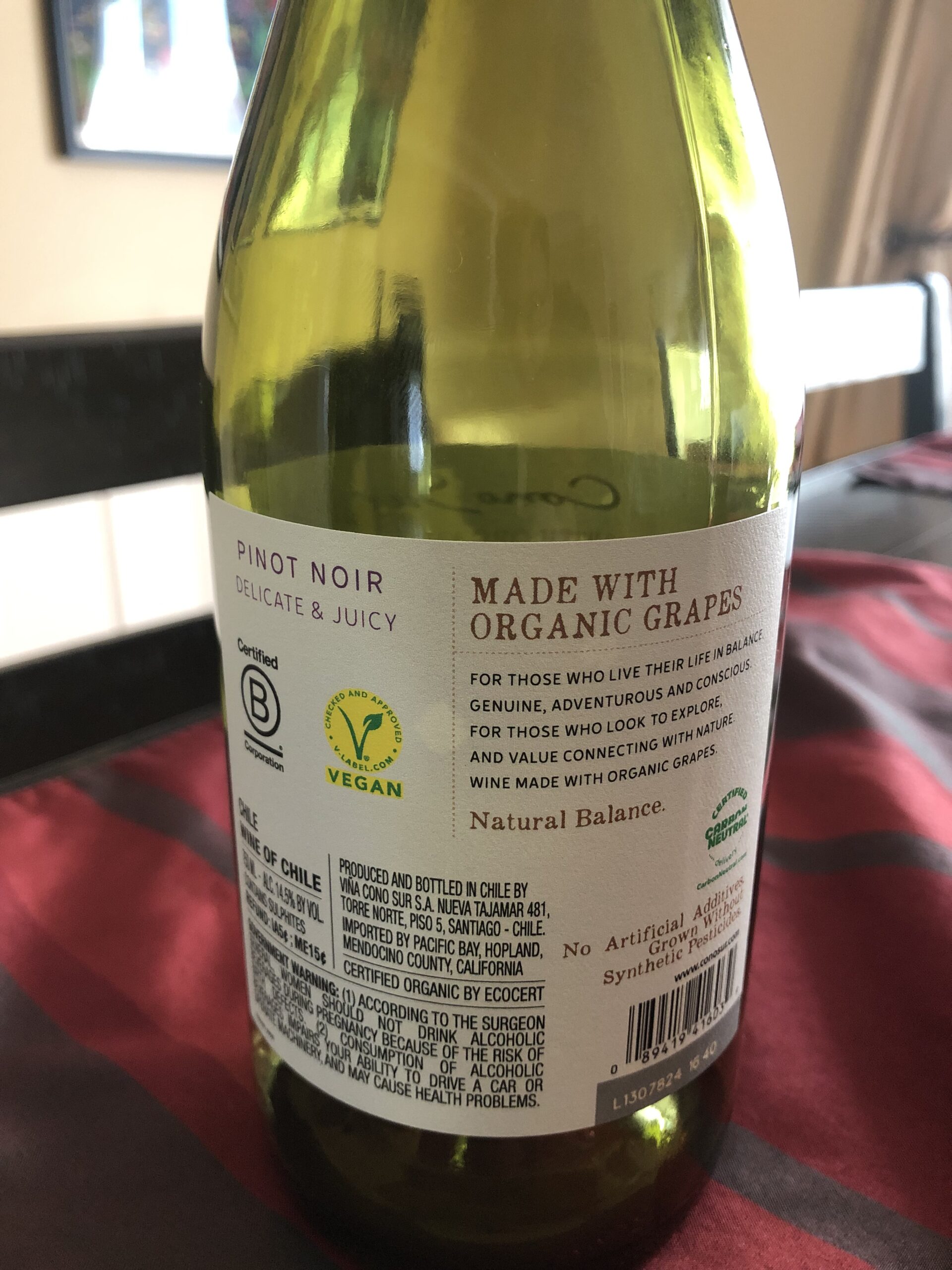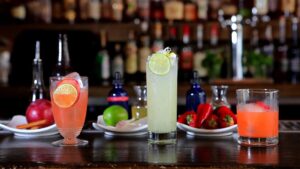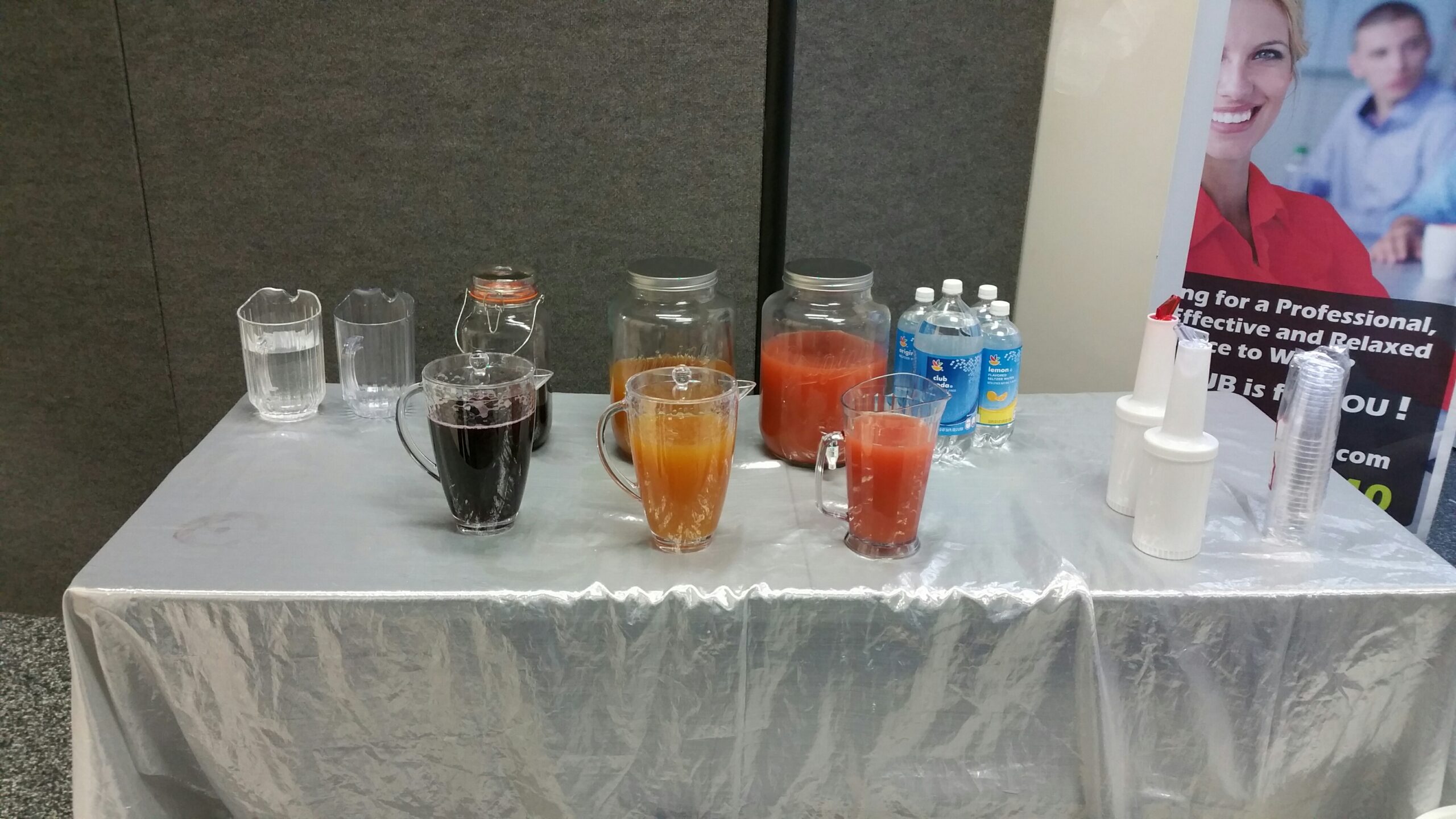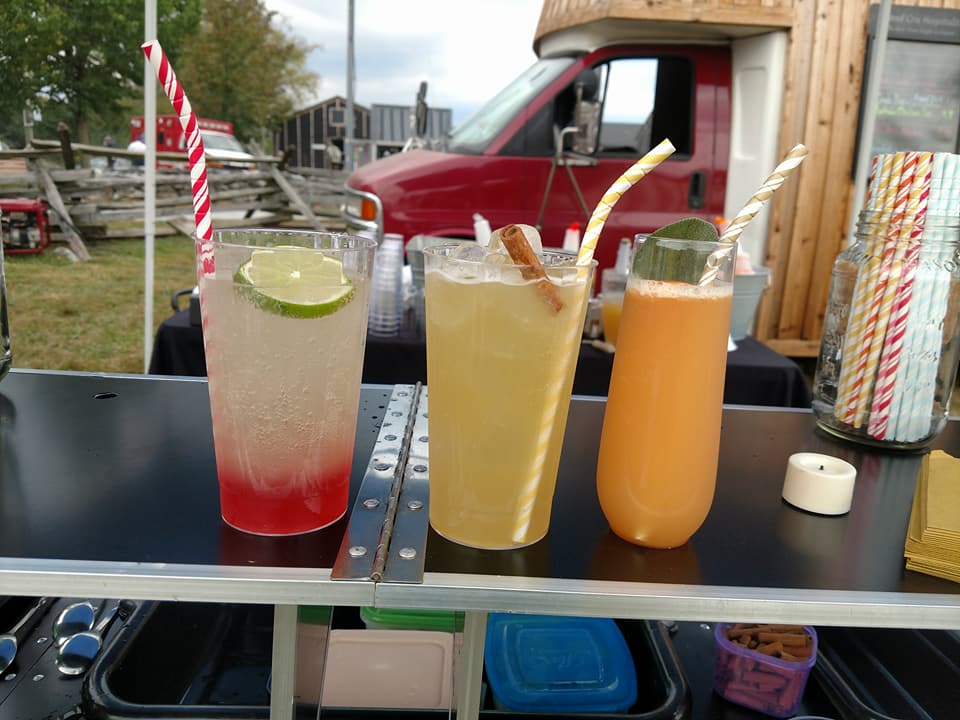This article was put together for my dear wine and beauty friend, Sheila, who is looking to find the right Chardonnay to match her taste buds. Anyone else have that dilemma?
Chardonnay is no longer reserved for middle-aged housewives. It is like that one friend or acquaintance who is equally comfortable at a fancy, upscale gala in a cocktail dress or a backyard barbecue in a t-shirt and capris. It’s versatile, approachable, and, depending on how it’s made, can have different personalities. At the heart of the difference though is this question – To oak or not to oak? What is your Chardy style?
Since Chardonnay is grown and produced everywhere, you should familiarize yourself with the regional differences because not all chardonnay is created equal. The weather and climate play a huge role in these differences, but also the winemaking style, tradition, and vintage variation.
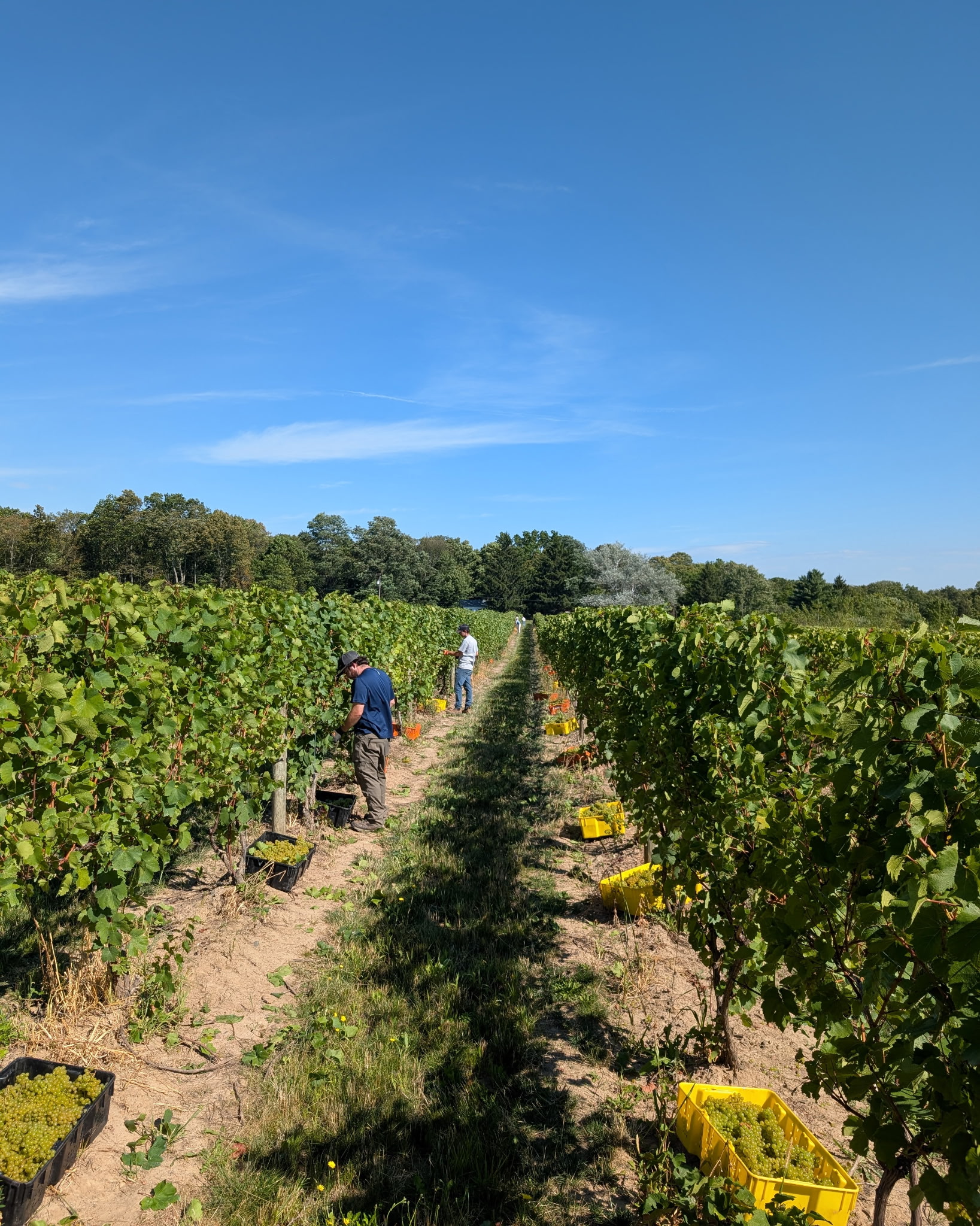
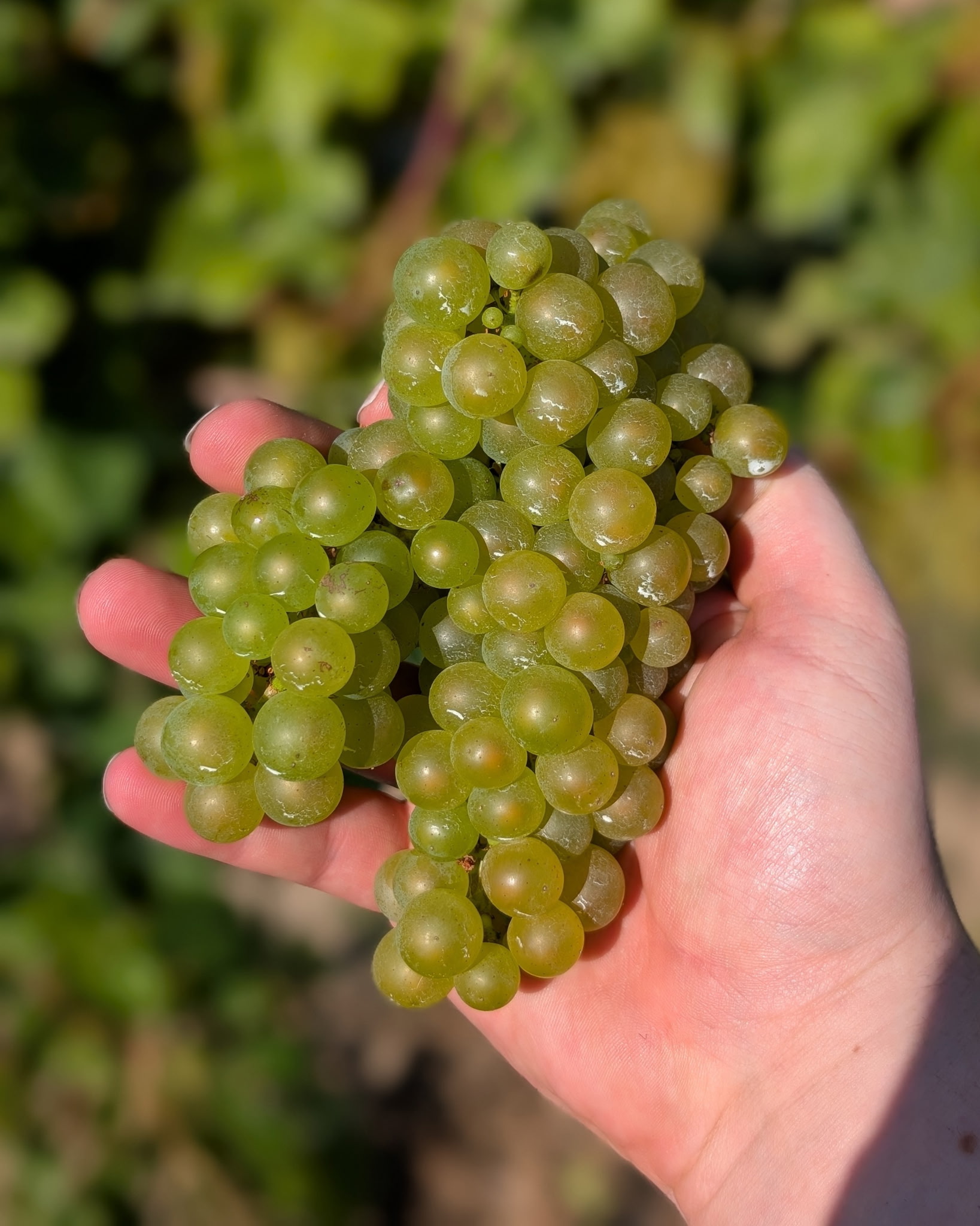
Pictured are the first vintage Chardonnay grapes from Airy Acres Vineyard off of Cayuga Lake in the beautiful Finger Lakes. These grapes will be used for their sparking program. Visit them in your wine travels.
Oaked Chardonnay
If you love a more full-bodied white, this is your style. Wines range in taste from a richer profile of lush tropical fruit, grilled pineapple, butterscotch, toast, and vanilla to a lighter profile of poached pear, lemon curd, baked apple and a textural chalky minerality.
Oaked Chardonnay can be seen as the wine equivalent of a plush leather chair in front of a fireplace – comforting, rich, and a little indulgent. When Chardonnay is aged in oak barrels, it takes on flavors and textures that make it lush and round. Expect notes of vanilla, butter (more on this later), caramel, hazelnut, and sometimes even a whisper of toasted coconut or spice, all wrapped up in a creamy body.
What really defines this style of Chardonnay is the use of oak in the winemaking process. Oak aging offers a few different features:
- Oak barrels allow tiny amounts of oxygen to interact with the wine, softening its edges and enhancing its complexity. The barrels themselves often contribute their own flavors, especially if they’re new.
- The use of toasted new oak adds some aroma compounds to the wine adding vanilla, clove, cinnamon, and coconut.
- If you like this style, seek out Chardonnay wines that are aged in oak or fermented and aged in oak. Some Chard is just aged in oak, while others are fermented AND aged in oak. Check the label or winemaking practice online.
- Look for tasting descriptors that imply oak was used, including vanilla, crème brûlée, baked apple, coconut, toasty oak, brioche, butter, cream and butterscotch.
Chardonnay’s intriguing complexity is due to its oak aging, but is very much influenced by the barrel’s size, type, toast level, and aging time.
Barrel size influences how the wine develops. Smaller barrels enhance flavor extraction and tannin integration because of increased wine-to-oak contact.
Different types of oak impart different flavors – American oak gives bold, sweet, coconut type notes, French oak offers subtle, elegant, spicy nuances, and Hungarian oak balances the two.
The barrel’s toast level impacts the flavor profile: light toast provides delicate notes, medium toast introduces baking spices, and heavy toast delivers robust, toasted flavors.
Does the length of the aging process matter? Extended periods of time intensify flavor extraction and deepens oak influences, leading to a more rounded and complex wine.
Oaked Chardonnay is a magical pairing with food that mirrors its richness. Think roasted chicken, lobster in drawn butter, or a creamy mushroom risotto.
Why Do Some Chardonnays Taste Buttery?
The alluring buttery essence of Chardonnay doesn’t just miraculously appear. It’s the result of a carefully orchestrated biochemical process called malolactic fermentation (MLF). Contrary to the impression the name might give, MLF is not technically a fermentation. It’s a transformation process where a type of bacteria converts the tart malic acid (akin to the acid found in apples) into a softer, rounder lactic acid (similar to the acid found in dairy products).
This process softens the wine, creating a creamier, less acidic flavor profile and a full-bodied, smooth mouthfeel. A noteworthy byproduct of MLF is a compound called diacetyl, which contributes a distinctive buttery character to the Chardonnay. It’s important to note that this buttery flavor and texture are not a result of oak aging but rather a direct outcome of malolactic fermentation.
Unoaked Chardonnay
Unoaked Chardonnay is like stepping into a bright, sunny kitchen with fresh citrus on the counter and a vase of green apples on the table. This style skips the oak barrels entirely, often fermented and aged in stainless steel or neutral vessels that don’t add any flavor of their own.
If you love a light white wine with floral and citrus flavors, then unoaked Chardonnay is your style. Wines range in taste from a fruitier profile of yellow apple, fresh pineapple and mango to a leaner, more floral profile of white flowers, green apple, pear and citrus peel.
Without the influence of oak, the wine is all about showcasing the grape itself. Unoaked Chardonnay is typically fresher, crisper, and more fruit-forward, offering vibrant notes of green apple, lemon, pear, and sometimes a hint of tropical fruit like pineapple or mango. It’s less about indulgence and more about purity and precision. Wines are made in a reductive less oxygen environment in order to preserve the freshness and acidity in Chardonnay. Winemakers use stainless steel fermentation vessels to reduce oxygen exposure.
The texture of unoaked Chardonnay can be lighter and zippier, with a refreshing acidity that makes it perfect for warm weather sipping. It shines alongside dishes that are just as fresh—seafood ceviche, crisp salads, or a simple roast chicken (as with oaked chard but with a squeeze of lemon}.
If you like this style, seek out Chardonnay wines that are not aged in oak. Look for tasting descriptors that indicate no oak and mention lean, mineral, fresh, white flowers, and citrus blossom. Most unoaked Chardonnay should be drunk young, although there are several examples (particularly in Chablis) that will age a decade or more.
Traditional concrete vessels, like eggs, have also been used to create a lighter and leaner style of chard, which does impart a different flavor profile than even stainless steel. For the sake of this article, we will focus on stainless, but, if you’re a chard fan, I encourage you to research and find some of these wines. My friend, Ian Barry, from Six Eighty Cellars, and some experimental wineries in the Finger Lakes and NYS produce niche, concrete aged Chardonnay. Six Eighty Cellars off Cayuga Lake is a must stop for wine in general, but also rare bottlings.
Battonage
Another process contributing to Chardonnay’s mouthfeel and complexity is battonage, originating from the French, also known as lees stirring. “Lees” refers to the dead yeast cells and other particles that settle at the bottom of the barrel after fermentation. Stirring these lees can enhance the wine’s texture, giving it a silkier mouthfeel and adding depth to its flavor profile.
During battonage, the lees absorb oxygen, which reduces the wine’s exposure to oxidation and preserves its freshness. Furthermore, the yeast cells break down and release mannoproteins and polysaccharides, contributing to the wine’s body, creaminess, and stability. This can also add a brioche, dough, or biscuit flavor. This process, alongside malolactic fermentation and oak aging, constitutes a triumvirate of winemaking techniques that shape the captivating character of Chardonnay.
Conclusion
Picking out a chardonnay at the store doesn’t have to feel like a test. Wine labels are your best clue. Words like “barrel-aged,” “buttery,” or “toasty” are hints that the wine has seen some oak. If you see phrases like “stainless steel” or “crisp,” you’re looking at an unoaked style.
The variety is very adaptable to different climates and grows in hot, sunny regions (such as Spain, California, Chile, and Argentina) as well as cool regions (such as New York, Washington State, Burgundy, France and New Zealand).
Generally, you will find more higher rated Chardonnay come from places with cooler climates. The reason has a lot to do with the vine’s ability to maintain acidity in the grapes while ripening. In hot climates (especially those with hot nighttime temperatures) Chardonnay loses acidity and makes a fruity, but flabby, unstructured, and unbalanced wine.
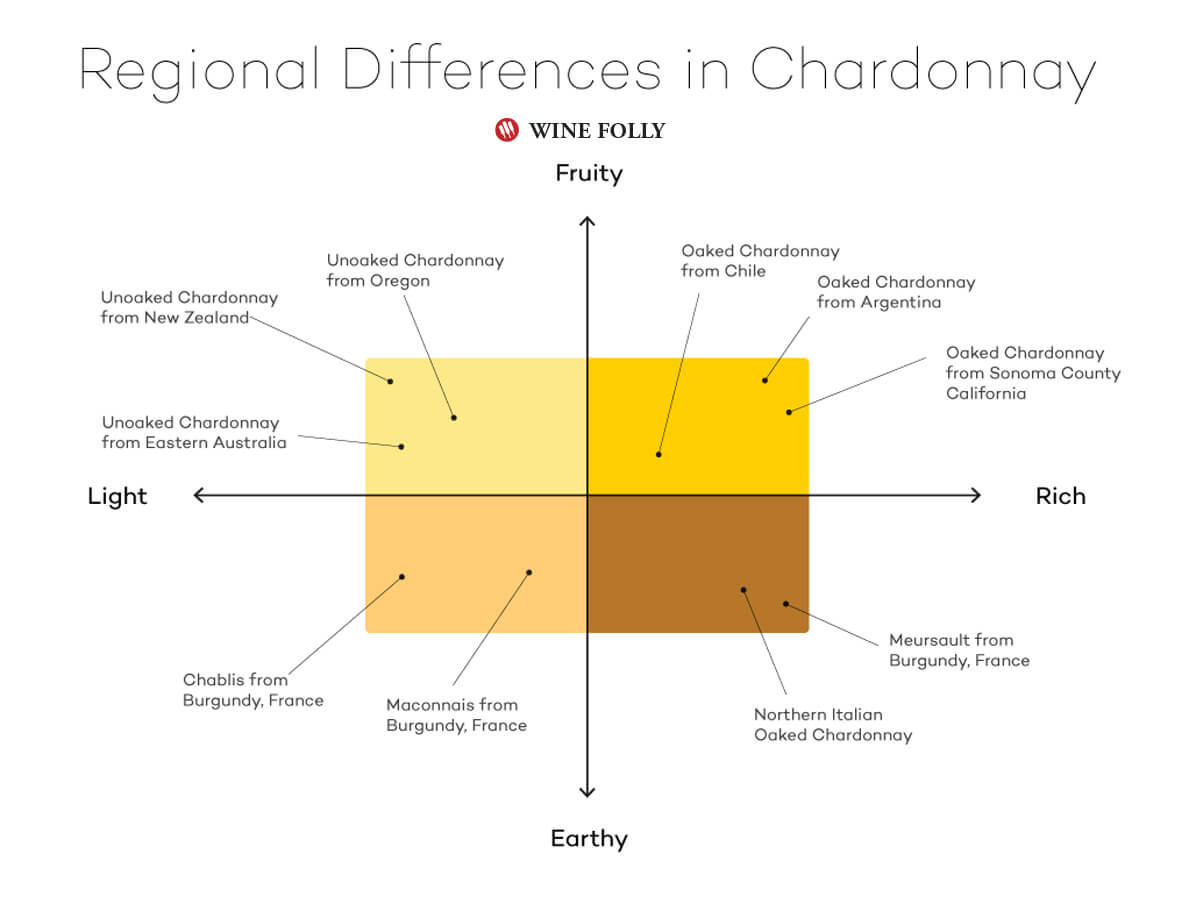
Geography can also give you a hint. Chardonnays from California or Burgundy often oaked or at least partially oaked, while many from regions like Chablis in France, parts of Australia, like Yarra Valley), or NYS/Finger Lakes produce unoaked versions. Note: California has been trending toward producing more unoaked styles due to customer demand.
Winemakers love to experiment so you will find some Chardonnays aged in neutral oak, meaning barrels that have been used enough times that they don’t impart strong flavors. Others might blend oaked and unoaked juice to strike a balance between richness and freshness.
There is no wrong answer when it comes to the oaked vs. unoaked debate. It’s all about your taste preferences and what you’re in the mood for. If you’re craving something cozy and indulgent, pour yourself an oaked Chardonnay and curl up with a blanket and a bowl of buttery popcorn. If you want something bright and breezy, go unoaked and let it be the zesty companion to your crab salad or grilled shrimp tacos.
Your feedback is always welcome. Look for more awesome content being poured. Please reach out if you are interested in a specific wine topic to learn more about. I want this blog to be tailored to your interests. I would love for you to subscribe to this blog on the main page and follow on social media (IG @themichaelpour) and book me for a wine event.
Cheers,
Michael

